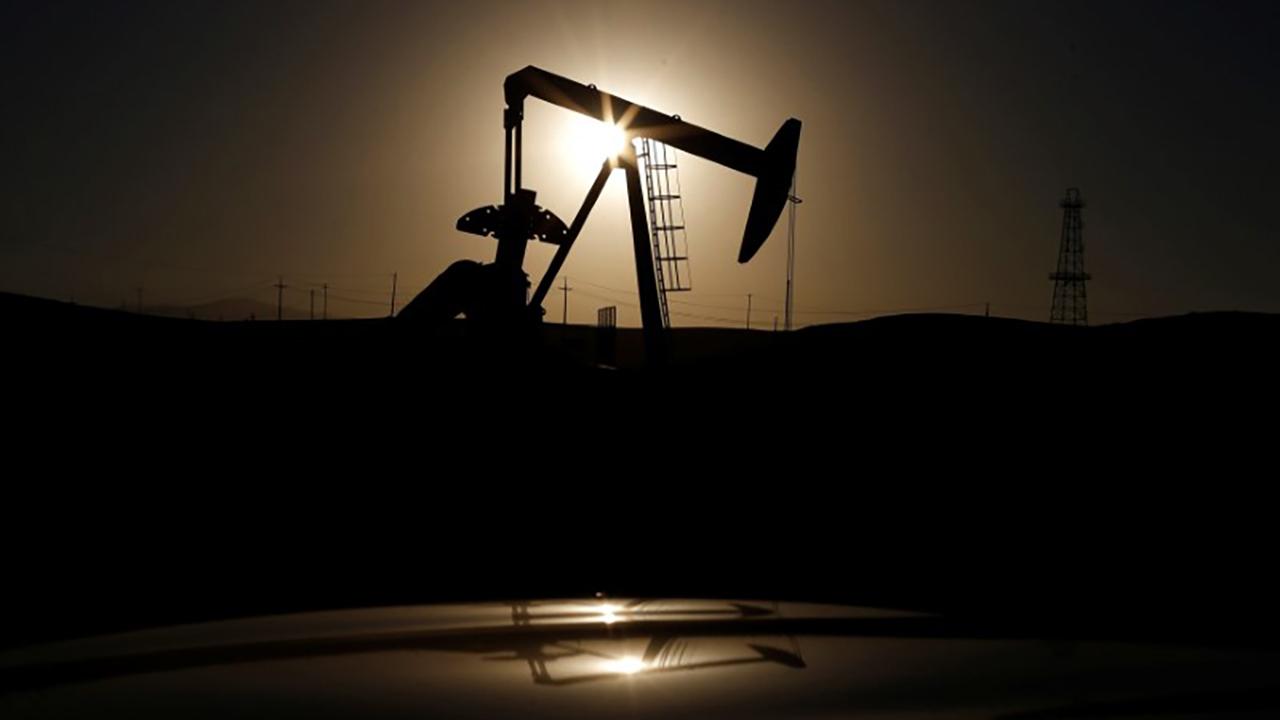Oil struggles to find footing after 7% slide as outlook darkens
SINGAPORE, Nov 14 (Reuters) - Oil struggled to find its footing on Wednesday after plunging 7 percent the previous session, with surging supply and the specter of faltering demand scaring off investors.
U.S. West Texas Intermediate (WTI) crude oil futures were at $55.52 per barrel at 0732 GMT, down 17 cents, or 0.3 percent, from their last settlement.
International benchmark Brent crude oil futures were down 9 cents at $65.38 per barrel.
Crude oil has lost over a quarter of its value since early October in what has become one of the biggest declines since a price collapse in 2014.
"Crude oil futures succumbed to overwhelmingly bearish pressure amidst ... weaker market fundamentals," said Benjamin Lu, analyst at brokerage Phillip Futures in Singapore.
The slump in spot prices has turned the entire forward curve for crude oil upside down.
Spot prices in September were significantly higher than those for later delivery, a structure known as backwardation that implies a tight market as it is unattractive to put oil into storage.
By mid-November, the curve had flipped into contango, when crude prices for immediate delivery are cheaper than those for later dispatch. That implies an oversupplied market as it makes it attractive to store oil for later sale.
Oil markets are being pressured from two sides: a surge in supply and increasing concerns about an economic slowdown, as seen with the economic contractions in powerhouses Japan and Germany during the third quarter as well as in China's falling car sales.
U.S. crude oil output from its seven major shale basins is expected to hit a record 7.94 million barrels per day (bpd) in December, the U.S. Department of Energy's Energy Information Administration (EIA) said on Tuesday.
That surge in onshore output has helped overall U.S. crude production hit a record 11.6 million bpd, making the United States the world's biggest oil producer ahead of Russia and Saudi Arabia.
Most analysts expect U.S. output to climb above 12 million bpd within the first half of 2019.
"This will, in our view, cap any upside above $85 per barrel (for oil prices)," said Jon Andersson, head of commodities at Vontobel Asset Management.
The surge in U.S. production is contributing to rising stockpiles.
Official storage data is due on Wednesday from the Energy Information Administration, with analysts expecting a 3 million barrel rise in commercial crude inventories.
The producer cartel of the Organization of the Petroleum Exporting Countries (OPEC) has been watching the jump in supply and price slump with concern.
OPEC has been making increasingly frequent public statements that it would start withholding crude in 2019 to tighten supply and prop up prices.
"OPEC and Russia are under pressure to reduce current production levels, which is a decision that we expect to be taken at the next OPEC meeting on Dec. 6," said Andersson.
That puts OPEC on a collision course with U.S. President Donald Trump, who publicly supports low oil prices and who has called on OPEC not to cut production.
(Reporting by Henning Gloystein Editing by Joseph Radford and Richard Pullin)




















